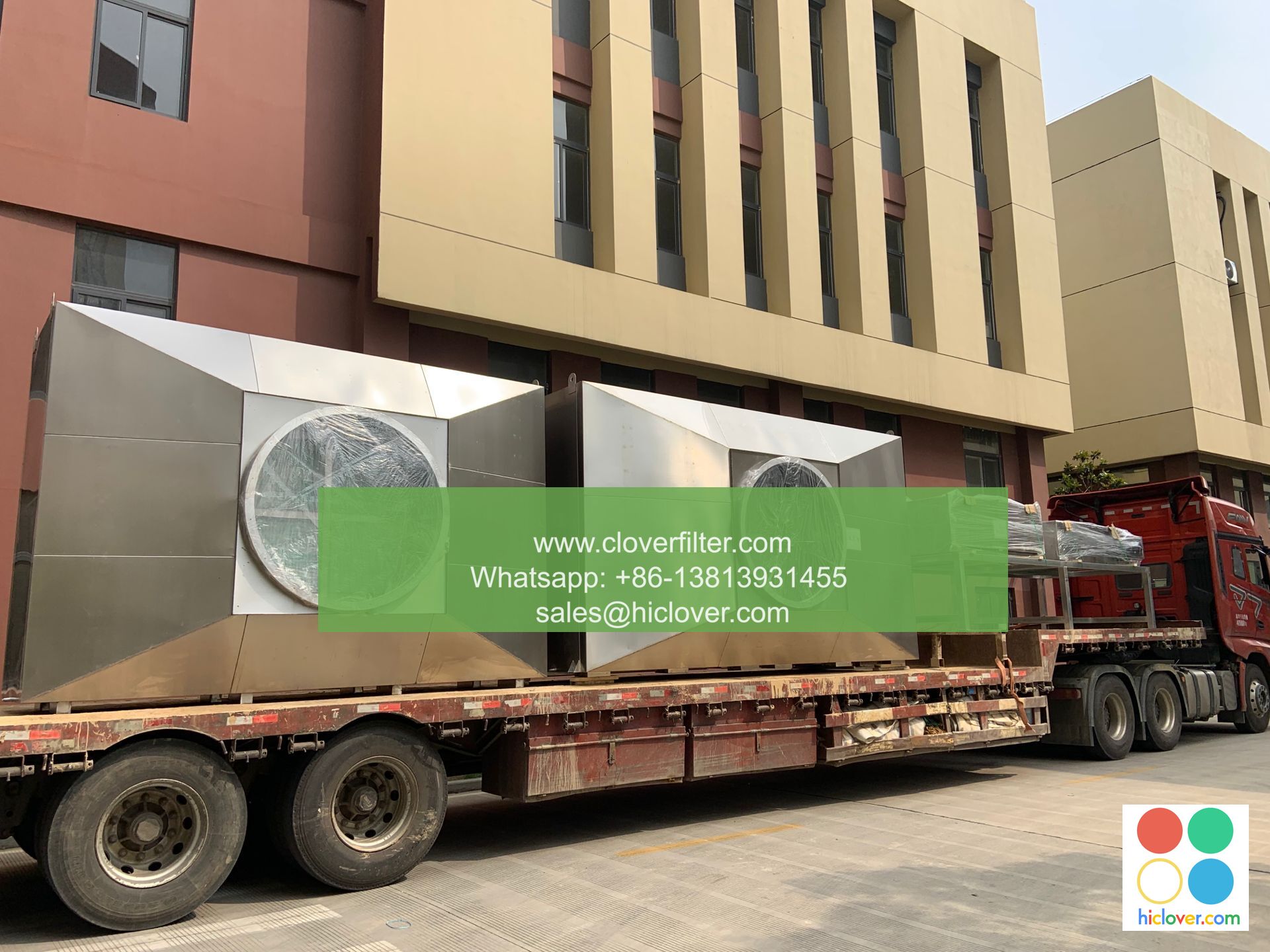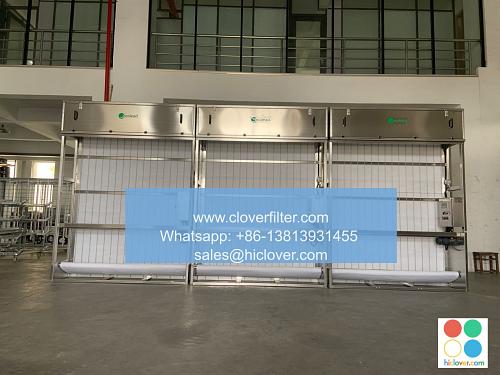Section 1: Introduction to Air Filters

Air filters are an essential component in maintaining good indoor air quality and purification. They are designed to remove airborne contaminants, such as dust, pollen, and other pollutants, to provide a healthier and more comfortable environment. In this article, we will explore the world of air filters, their types, applications, and benefits, highlighting various key areas, including HEPA filtration, activated carbon filtration, and ultraviolet (UV) light disinfection.
What are Air Filters and How Do They Work?
Air filters are devices that use a combination of physical and chemical processes to remove airborne particles and gases. They work by drawing in air, passing it through a filtering medium, and then releasing the cleaned air back into the environment. The filtering medium can be made of various materials, such as fiberglass, polyester, or nanofibers, each with its own unique properties and applications.
Types of Air Filters and Their Applications
There are several types of air filters, each designed for specific applications and industries. Some of the most common types include:
* HEPA (High Efficiency Particulate Air) filters: These filters are designed to remove 99.97% of particles as small as 0.3 microns, making them ideal for hospital settings, laboratories, and cleanrooms.
* Activated carbon filters: These filters use activated carbon to remove gases, odors, and chemicals from the air, making them suitable for indoor air pollution control, odor removal, and gas filtration.
* UV light disinfection filters: These filters use ultraviolet light to kill bacteria, viruses, and other microorganisms, making them effective for air purification, water treatment, and surface disinfection.
Application Areas of Air Filters
Air filters have a wide range of applications across various industries, including:
* Residential and commercial HVAC systems: Air filters are used to improve indoor air quality, reduce energy consumption, and prolong the life of HVAC systems.
* Industrial processes: Air filters are used to remove airborne contaminants, such as dust, fumes, and chemicals, to ensure a safe and healthy working environment.
* Medical and healthcare settings: Air filters are used to remove airborne pathogens, such as bacteria, viruses, and fungi, to prevent the spread of infections and diseases.
* Automotive and transportation systems: Air filters are used to remove airborne contaminants, such as dust, pollen, and pollutants, to improve indoor air quality and reduce the risk of respiratory problems.
Conclusion
In conclusion, air filters play a vital role in maintaining good indoor air quality and purification. With various types of air filters available, each with its own unique properties and applications, it is essential to choose the right filter for specific needs and industries. By highlighting various application areas, including HEPA filtration, activated carbon filtration, and ultraviolet (UV) light disinfection, we can better understand the importance of air filters in improving our health, comfort, and well-being. It seems like you forgot to include the prompt. Please go ahead and give me something to work with, and I’ll do my best to help!

